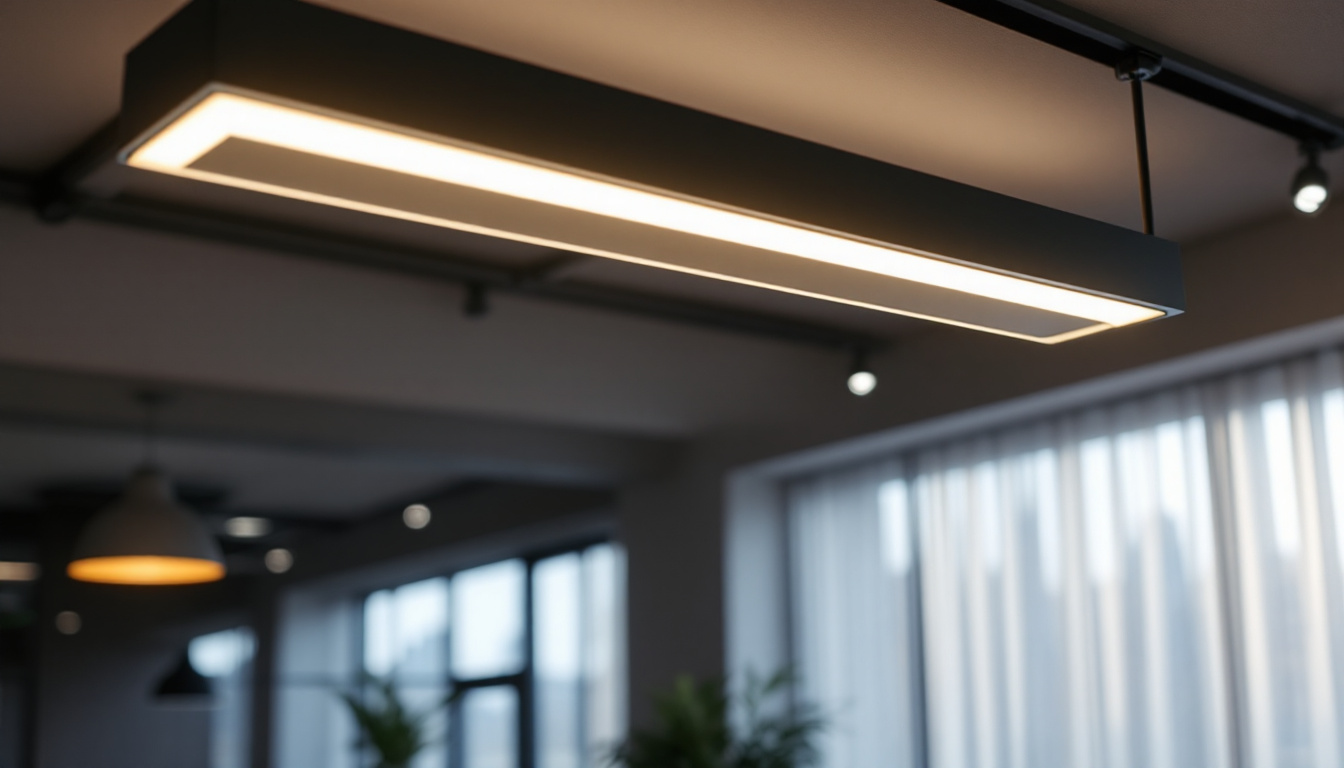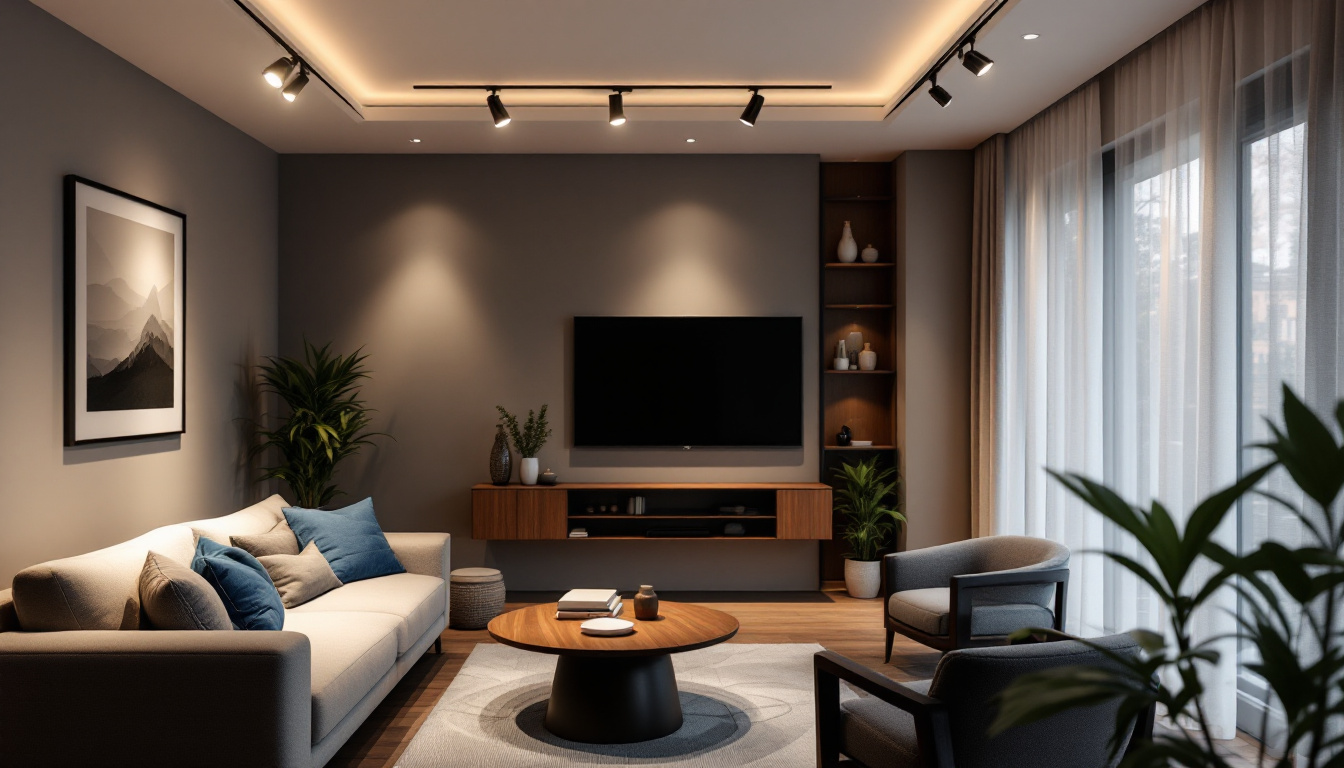
In the realm of electrical installations, single pole light switches are a fundamental component that every lighting contractor should master. These switches offer a straightforward way to control lighting from a single location, making them a staple in residential and commercial projects alike. Understanding the nuances of single pole light switches can enhance the quality of installations, improve client satisfaction, and streamline the overall workflow for contractors.
Single pole light switches are designed to control a single fixture or group of fixtures from one location. They are typically operated by toggling a lever or pressing a button, making them user-friendly and efficient. The simplicity of these switches belies their importance in the electrical system, as they form the backbone of many lighting setups. These switches are not only functional but also come in a variety of styles and finishes, allowing homeowners and designers to choose options that complement their decor while ensuring practicality.
A single pole switch consists of several key components, including the switch body, terminals, and a toggle or button mechanism. The switch body houses the electrical components and provides a mounting point for installation. The terminals are where the electrical wires connect, allowing current to flow through the switch and to the light fixture. The toggle or button serves as the user interface, enabling easy operation. Additionally, many modern single pole switches incorporate features such as built-in LED indicators that show whether the light is on or off, enhancing usability and safety in dimly lit areas.
When the toggle is flipped or the button is pressed, the internal mechanism of the switch opens or closes the circuit. In the “on” position, the circuit is complete, allowing electricity to flow to the light fixture. Conversely, in the “off” position, the circuit is broken, cutting off the power supply. This simple mechanism is crucial for controlling lighting in homes and businesses. Furthermore, the design of single pole switches ensures that they can handle a variety of electrical loads, making them suitable for incandescent, fluorescent, and LED lighting, which is essential as energy-efficient lighting solutions become more prevalent.
Single pole switches are commonly used in various applications, from residential lighting to commercial environments. They are ideal for controlling overhead lights in living rooms, kitchens, and hallways. In commercial settings, these switches can be used to manage lighting in offices, retail spaces, and warehouses. Their versatility makes them an essential tool for lighting contractors. Moreover, single pole switches can also be found in outdoor applications, such as controlling garden lights or porch lights, providing convenience and safety for outdoor spaces. As smart home technology advances, some single pole switches are now available with smart features, allowing users to control their lighting remotely via smartphone apps or voice commands, further enhancing their functionality in modern homes.
Proper installation of single pole light switches is crucial for ensuring safety and functionality. Following best practices not only enhances the quality of the installation but also minimizes the risk of electrical issues down the line.
Before beginning any installation, it is vital to prioritize safety. Always turn off the power at the circuit breaker to avoid electrical shock. Use a voltage tester to confirm that the power is off before handling any wires. Additionally, wearing appropriate personal protective equipment (PPE) such as gloves and safety glasses is recommended. It is also advisable to work in a well-lit area, as good visibility can help you avoid mistakes and ensure that you can see any potential hazards. Keeping your workspace organized and free of clutter will further enhance safety and efficiency during the installation process.
When wiring a single pole switch, it is essential to follow the correct wiring techniques. Typically, the switch will have two terminals: one for the incoming hot wire and one for the outgoing hot wire to the light fixture. The ground wire should also be connected to the switch body or a designated ground terminal. Ensuring that connections are secure and properly insulated will prevent potential hazards. Additionally, using wire nuts or electrical tape to cover exposed wire connections is a good practice to avoid accidental contact. It’s also beneficial to take note of the wire colors; for instance, black or red wires typically indicate hot wires, while white wires are usually neutral. This knowledge can be invaluable during troubleshooting and future modifications.
After installation, testing the switch is a critical step. Once the power is restored, the switch should be toggled to ensure that the light fixture operates as intended. If the light does not turn on, it may indicate a wiring issue or a faulty switch. Troubleshooting at this stage can save time and prevent complications later. It is also wise to check for any flickering lights or unusual sounds, as these can be signs of underlying issues that need addressing. Furthermore, consider labeling the switch in your home’s electrical panel for easy identification in the future, especially if multiple circuits are involved. This small step can save you time and confusion during any future electrical work or maintenance.
For lighting contractors looking to elevate their work, employing advanced techniques can lead to more efficient installations and satisfied clients. These methods not only improve functionality but also enhance the aesthetic appeal of the lighting system. By staying updated with the latest trends and technologies, contractors can offer innovative solutions that meet the evolving needs of their clients.
Incorporating smart switches into installations is an innovative approach that many contractors are adopting. Smart switches allow users to control lighting remotely via smartphones or voice commands, providing added convenience. When installing smart switches, it is important to follow the manufacturer’s instructions and ensure compatibility with existing wiring and fixtures. Additionally, educating clients on the benefits of smart home technology can enhance their overall experience. For instance, many smart switches offer features like scheduling, energy monitoring, and integration with home automation systems, which can significantly improve energy efficiency and user satisfaction.
Integrating dimmer switches with single pole switches can enhance the versatility of lighting systems. Dimmers allow users to adjust the brightness of the lights, creating different moods and settings. When installing dimmers, it is essential to ensure that the dimmer is rated for the type of bulbs being used, as some dimmers are not compatible with LED or CFL bulbs. Furthermore, offering clients a variety of dimmer styles, such as slide or toggle, can cater to their personal preferences and design aesthetics. This attention to detail not only showcases a contractor’s expertise but also helps in creating a more personalized lighting experience for the homeowner.
For larger spaces, incorporating multi-way switching can provide greater control over lighting. This technique allows multiple switches to control a single fixture from different locations, which is particularly useful in hallways or large rooms. Understanding the wiring configurations for three-way and four-way switches can expand a contractor’s skill set and service offerings. Additionally, contractors can enhance the functionality of multi-way systems by integrating them with smart technology, enabling features such as remote access and programmable settings. This not only simplifies the user experience but also positions the contractor as a forward-thinking professional in a competitive market.
Even experienced contractors can encounter challenges when working with single pole light switches. Recognizing these common issues and knowing how to address them can lead to smoother installations and happier clients.
Occasionally, a switch may be faulty right out of the box. Symptoms of a faulty switch can include flickering lights or an inability to turn the light on or off. In such cases, it is advisable to replace the switch with a new one and test it before proceeding with the installation. Keeping a few spare switches on hand can expedite this process.
Wiring issues can arise during installation, particularly in older homes where wiring may not meet current standards. If a contractor encounters outdated wiring, it may be necessary to rewire the circuit to ensure safety and compliance with electrical codes. Consulting with an electrician or electrical inspector can provide guidance on the best course of action.
Clear communication with clients is essential, especially when it comes to timelines and potential complications. Educating clients about the installation process, including any challenges that may arise, can help manage their expectations. Providing a detailed estimate and timeline can also build trust and ensure a positive working relationship.
Mastering the installation and application of single pole light switches is essential for lighting contractors. By understanding the components, installation best practices, and advanced techniques, contractors can enhance their skill set and provide exceptional service to their clients. Navigating common challenges with confidence can further solidify a contractor’s reputation in the industry.
As the demand for innovative lighting solutions continues to grow, staying informed about the latest trends and technologies will ensure that contractors remain competitive. Whether through the integration of smart technology, the use of dimmers, or the implementation of multi-way switching, there are always opportunities to expand service offerings and improve client satisfaction.
Ultimately, the value of a well-installed single pole light switch extends beyond functionality; it contributes to the overall ambiance and efficiency of a space. By applying proven methods and techniques, lighting contractors can illuminate their projects with confidence and professionalism.
Ready to take your lighting installations to the next level? At LumenWholesale, we provide lighting contractors with the highest quality single pole light switches and a wide range of spec-grade lighting products at unbeatable wholesale prices. Say goodbye to local distributor markups and hello to superior lighting products that meet the highest industry standards. With free shipping on bulk orders, you can stock up on reliable, high-performance lighting for every project without any hidden fees. Elevate your service offerings and delight your clients with the perfect blend of quality, affordability, and convenience. Discover the best value in lighting today by visiting Wholesale Lighting at the Best Value.

Discover how long ceiling lights can revolutionize the workflow for lighting contractors, offering significant savings in both time and money.

Discover how uplight technology is revolutionizing safety in lighting installations.

Explore the essential considerations for lighting contractors when selecting industrial pendant lights.

Unlock the secrets of living room track lighting with our comprehensive guide tailored for lighting contractors.